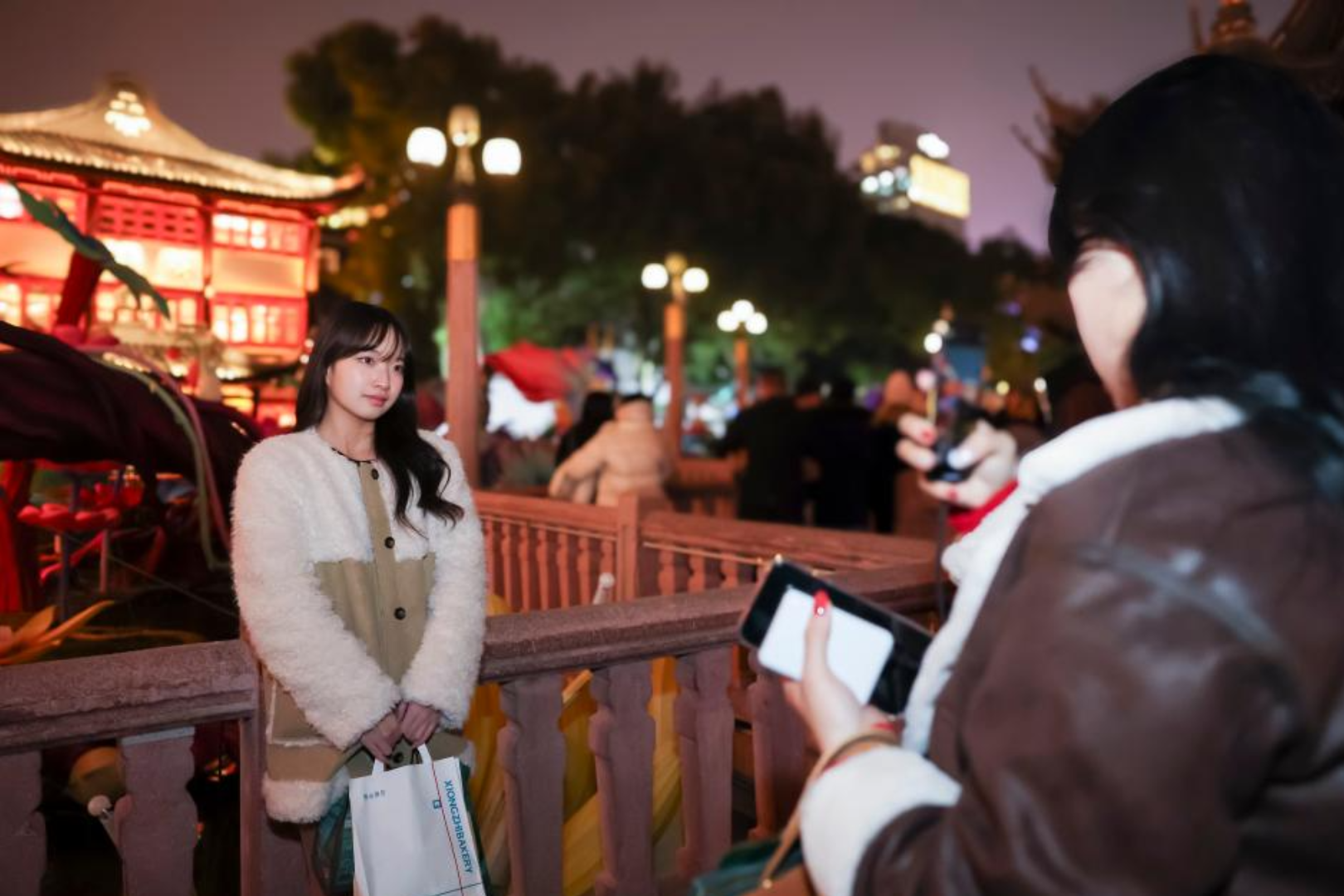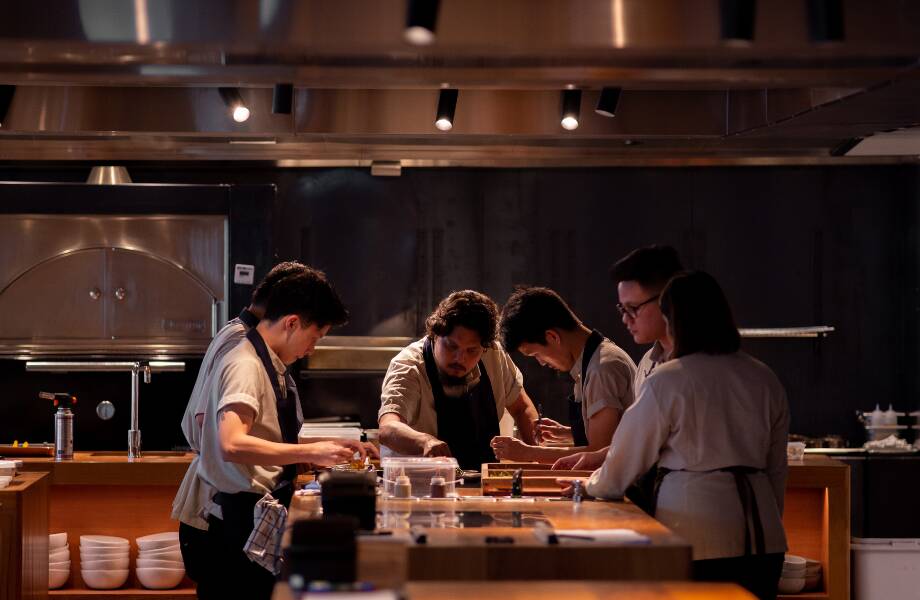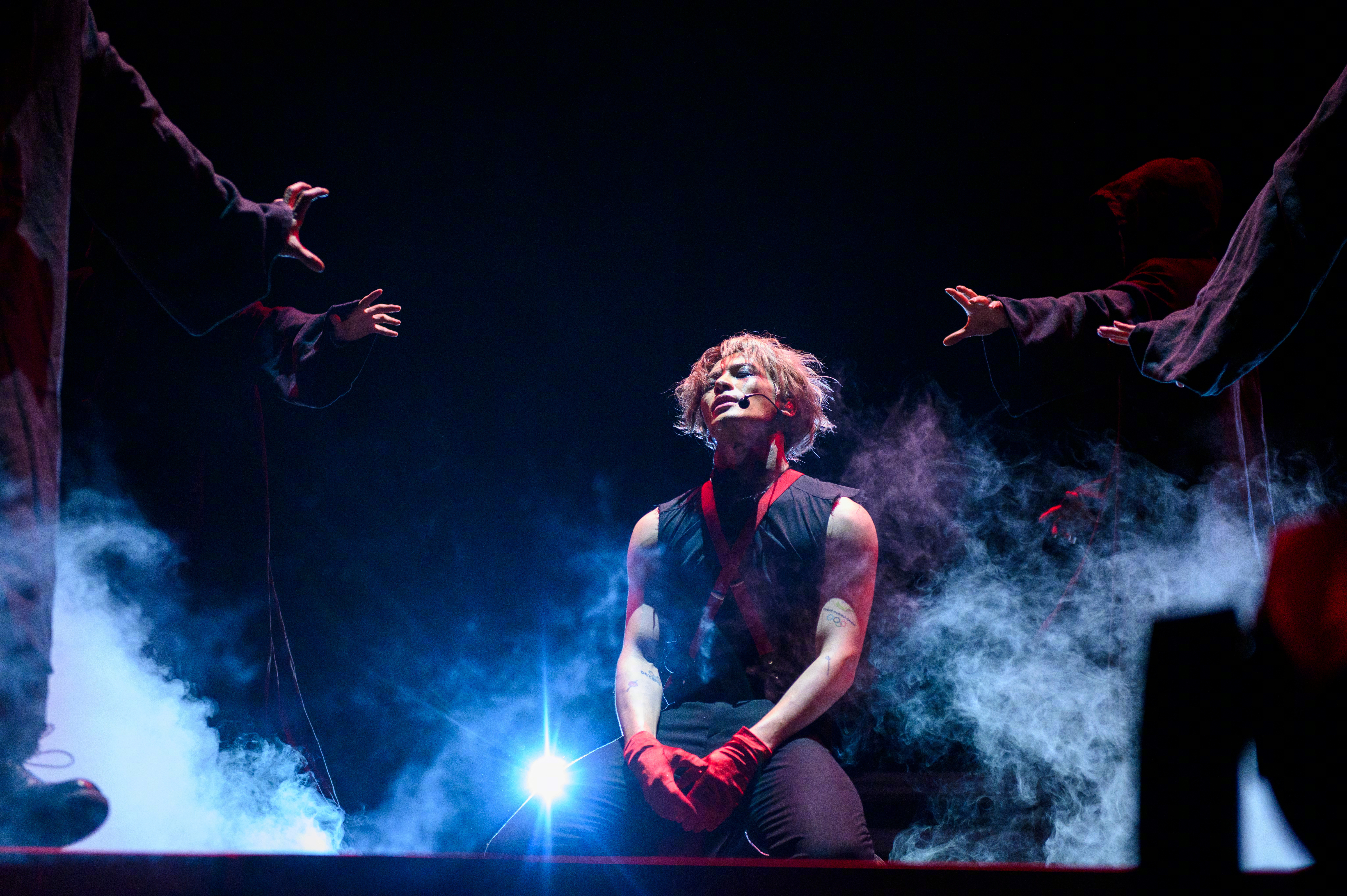Almost every tea drinker has the dream to come to China (or Japan, or India) to study tea. They have this beautiful idea of stepping off the plane and going from location to location, being handed amazing tea everywhere they go in a place where everyone appreciates and is knowledgeable about tea. While traveling to Asia does have the potential to offer some of these experiences, the tea scene is much more complex than that.
Those who have traveled around China know that there is not a single thing you can say about this place that applies to all of it. Trying to say “Chinese people think this” or “Chinese people do this” will only relate to a part of the Chinese population. The same is true for drinking and producing tea.
The majority of tea farmers harvest different crops depending on the season, and don’t really care too much about quality, as long as it is sold
One factor that varies greatly is the attitude of tea farmers towards their crops. China has a seemingly infinite amount of tea fields, but only a small number are famous for producing tea. The majority of tea farms are spread out over southern China and are owned by farmers who make tea, but also rice and herbs and other foods, depending on the season (see an example of a mixed field up top).
It’s safe to say that at least 80% of farmers in tea-producing areas have tea fields. While this may excite some readers, you have to remember they are not really tea farmers as much as they are regular farmers who make tea during the spring. The majority of farmers will harvest different crops depending on the season, never really too committed to any particular production and not really caring too much about quality, as long as it is sold.
Another area where opinions range widely relates to brewing and drinking. Tea heads worldwide will almost unanimously agree that using a gaiwan is the best method for brewing tea. And while tea farmers will always use a gaiwan — except when brewing green tea, of course — the average tea drinker in China can be a lot looser about their brewing vessel.
 The Vessels and Materials Used in the Perfect Cup of TeaArticle Jul 11, 2017
The Vessels and Materials Used in the Perfect Cup of TeaArticle Jul 11, 2017
In fact, there really isn’t a single, definitively “Chinese” way to brew tea: teapots, gaiwan, and cheap plastic contraptions are all used. One of the most common vessels I’ve seen looks like a not-so-distant cousin of the French press. In the city of Ningbo, south of Shanghai, I watched a shop owner brew a red tea (black tea) in the same style of pour-over coffee. I have met multiple shop workers who swear by boiling late-picked white tea for five to ten minutes, bringing out a strong bold brew. The very idea of eating greasy food with tea would be blasphemy in most places, except for Hong Kong, where it is a daily occurrence.

A pour-over brew
With all these different styles, each one having scores of people who swear it is the best way to brew tea, you begin to wonder if there really is a correct way to brew tea. (But really: it’s the gaiwan.)
Not too long ago, RADII posted a story about the rising popularity of tea among Chinese millennials. When I first saw the headline I got excited and jumped to read it. I had to let out a slight sigh when I realized the tea was actually milk tea, and not pure tea, but I wasn’t actually surprised.
With all these different styles, each one having scores of people who swear it is the best way to brew tea, you begin to wonder if there really is a correct way to brew tea
The fact is, the majority of young Chinese people I’ve met don’t actually drink tea. They know a little about tea, and they are familiar with a few names, but that comes from growing up in a culture that has held tea in such high regard for so long. When asked if they drink tea, most of the people I know will smile and say something like “Not really” or “No, but my parents do.” Even those who drink tea may not be as educated as a Westerner might think. Just last week, I had to explain to someone that oolong was not artificially scented, and that tieguanyin was not a green tea.
 As Hot As Tea: China Goes Back to the LeafArticle Dec 14, 2017
As Hot As Tea: China Goes Back to the LeafArticle Dec 14, 2017
Even tea shop owners can fall in this category. A sad truth is that a lot of tea shops are in the tea business for the money. Much like wine, tea is seen as a sophisticated drink in China even if you don’t drink it, and expensive tea makes a very good gift for just about anybody. Therefore, with a shop in a prime location such as a tourist street, a tea shop can easily become profitable.
Much like wine, tea is seen as a sophisticated drink in China even if you don’t drink it, and expensive tea makes a very good gift for just about anybody
If you ever have a chance to visit China, don’t expect to learn as much as you unlearn. Everything you think you know about tea might be questioned, argued, and dismissed. The line between right and wrong will become more blurry, and you will begin questioning things you thought you knew.
This is mostly due to the fact that nothing is true across all of China. A few years ago, the Verdant Tea company moved from America to China, and they were shocked when they saw what the tea industry really was. (They never quite said what shocked them.) If you plan to visit China to learn about tea, as the age old saying goes, you must first empty your cup.
Cover image: tea planted together with vegetables (by the author)
















